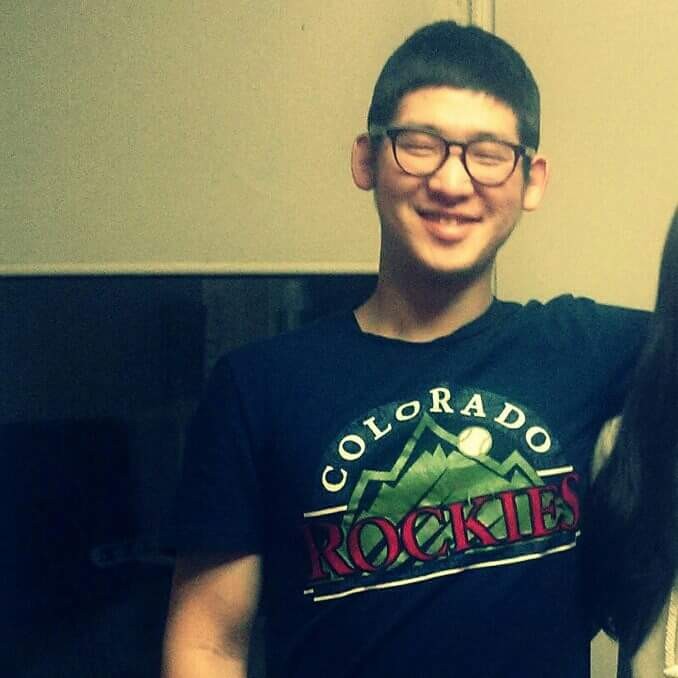
Problem link: https://www.acmicpc.net/problem/10564
(1)DP로 풀어야 한다는 것, (2)CACHE 정의를 어떻게 세워야 한다는 것, (3)점화식을 어떻게 세워줘야 한다는 것 모두를 어렵지 않게 떠올릴 수 있었다.
하지만, Iterative bottom-up DP를 고집하는 바람에 시간초과를 2번이나 맞았다.
때때로, Iterative bottom-up DP는 필요 없는 경우까지 구하는 경우가 있음을 상기하도록 하자.
보다 친숙한 표현으로 적어보자면, 전체 문제 공간에서 풀어야할 부분 문제들이 sparse해보이는 경우 Recursive top-down DP를 고려하자. 정도 되시겠다.
CACHE의 정의는 아래와 같이 해줄 수 있다.
CACHE[n][s]:n번의 팔굽혀 펴기를 통해s점을 획득할 수 있는가? (boolean)
점화식은 아래와 같이 세워줄 수 있다.
CACHE[n][s] |= CACHE[n - s][s - s_i] (for all 0 <= i < M)
점화식은 아래와 같이 이해할 수 있다.
n번의 팔굽혀펴기로s점을 획득할 때, 맨 마지막 득점이s_i였다고 해보자.- 자명하게 직전에 팔굽혀펴기 횟수는
n-s번이 되어야 한다(s번을 더 해서 총n번이 되어야 하므로). - 역시나 자명하게 마지막 득점이
s_i라면 직전의 점수는s-s_i가 되어야 한다.
#include <iostream>
#include <vector>
#include <algorithm>
#include <cstring>
using namespace std;
const int kMaxN = 5000;
const int kTrue = 1;
const int kFalse = 2;
const int kUndefined = 0;
int N, M;
vector<int> SCORES;
int CACHE[kMaxN + 1][kMaxN + 1];
int Solve(const int n, const int s)
{
int& ret = CACHE[n][s];
if (ret != kUndefined)
{
return ret;
}
ret = kFalse;
for (const auto& score : SCORES)
{
if (n >= s && s >= score && n - s >= s - score)
{
if (Solve(n - s, s - score) == kTrue)
{
ret = kTrue;
break;
}
}
}
return ret;
}
int main(void)
{
// For Faster IO
ios_base::sync_with_stdio(false);
cout.tie(nullptr);
cin.tie(nullptr);
int testcase;
cin >> testcase;
while (testcase--)
{
memset(CACHE, 0, sizeof(CACHE));
cin >> N >> M;
SCORES.assign(M, 0);
for (auto& score : SCORES)
{
cin >> score;
}
CACHE[0][0] = kTrue;
int ans = -1;
for (int s = N; s >= 0; --s)
{
if (Solve(N, s) == kTrue)
{
ans = s;
break;
}
}
cout << ans << '\n';
}
return 0;
}
